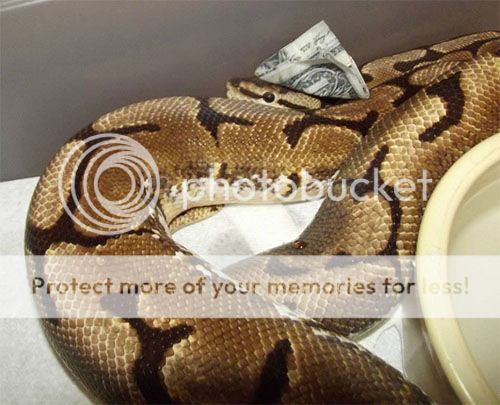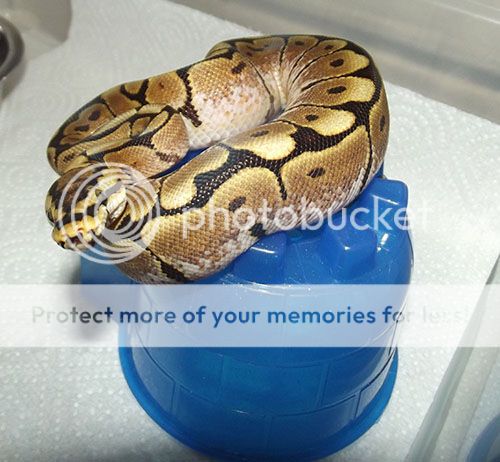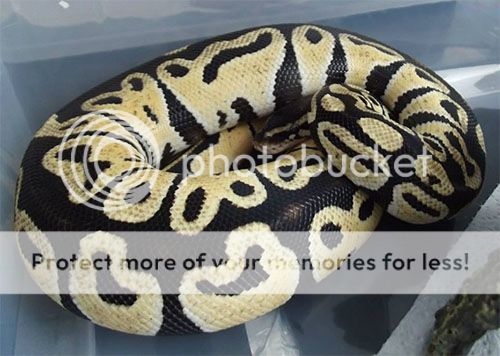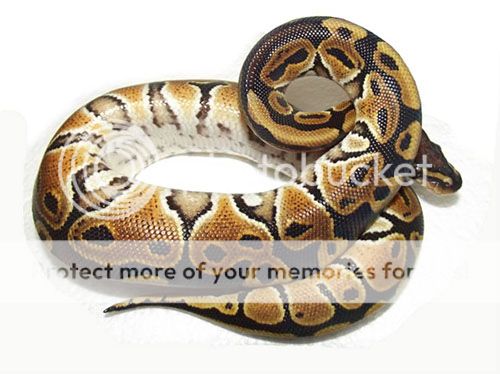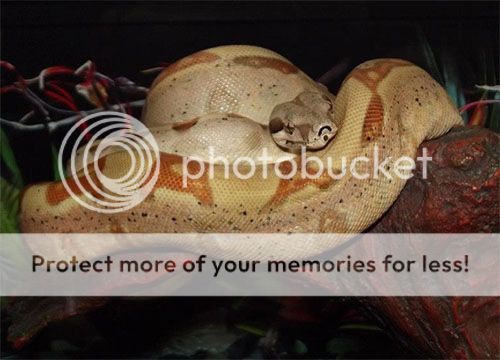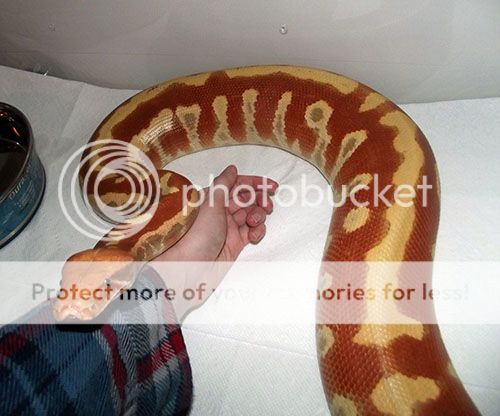Scarbi
(?)Community Member
- Posted: Fri, 10 Jun 2011 09:40:18 +0000
Snakes -- Information & Appreciation
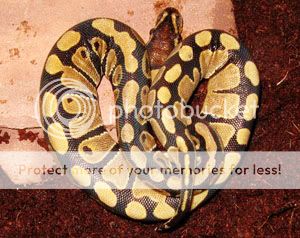
I figured it was about time to make a thread for these awesome little guys.
This thread is for discussion, debate, advice, pictures, and anything else to do with snakes!
I am not a licensed veterinarian, so please be advised that any advice you receive in this thread from myself
(or others) should only be followed at your own discretion.
I do keep and breed snakes, so I will do my best to answer any questions you may have.
Please respect the Gaia Online Rules & Guidelines as well as the Terms of Service in this thread.
Please also respect the following rules:
1) This thread is NOT for posting about how you hate or are scared of snakes.
2) This thread is NOT for posting offers to buy or sell animals.
3) This thread is NOT for posting about anything other than snakes.
4) Don't quote the first page.
If you need help from me as a moderator, please PM me. DO NOT post in this thread for help with Gaia-related issues.

I figured it was about time to make a thread for these awesome little guys.
This thread is for discussion, debate, advice, pictures, and anything else to do with snakes!
I am not a licensed veterinarian, so please be advised that any advice you receive in this thread from myself
(or others) should only be followed at your own discretion.
I do keep and breed snakes, so I will do my best to answer any questions you may have.
Please respect the Gaia Online Rules & Guidelines as well as the Terms of Service in this thread.
Please also respect the following rules:
1) This thread is NOT for posting about how you hate or are scared of snakes.
2) This thread is NOT for posting offers to buy or sell animals.
3) This thread is NOT for posting about anything other than snakes.
4) Don't quote the first page.
If you need help from me as a moderator, please PM me. DO NOT post in this thread for help with Gaia-related issues.
Quote:
Other Useful Threads
The Betterment & Education Thread
Basic Fish Care and Appreciation
~The Betta Appreciation and Info Thread~
Goldfish Appreciation and Information Thread
The Hermit Crab Appreciation Thread
Living with our Feathered Friends: Support and Appreciation
The LoveBird Appreciation Thread
Rat Appreciation and Information
Sugar Glider Education and Appreciation Thread!
Guinea Pig Education Thread
Gerbil Information
Hamster Thread
Chinchilla Help and Chat Thread
Hedgehog Help Thread
Leopard Gecko Care Guide
Red Eye Crocodile Skink, and no this ain't no yu-gi-oh card!
ENDBSL
The Bully Breeds: Information and Appreciation
Wolfdog Hybrid Thread
Goat Education Thread
Rabbit Appreciation and Information Thread
Ferrets'R'Us - Appreciation & Support Thread
Mouse Care Thread
Sex, Lies and Video Tape... of Russian Tortoises
An Information and Appreciation Thread for Crested Geckos
Research and Pets
Ferrety Ferrets
Feeding Raw
Dog Training
Cat Info and Appreciation Thread
Which Came First: Chicken Appreciation and Info Thread
Rottweilers Owners and Lovers United
Eyes Wide Open: Puppy Farms and Mills
Kill's Wolf Dog Educational Thread~Now With FAQs
Owning a Dog
I used to feed my doggy poison
The Dominance Theory, information dump. ♥
rescue.me [the animal welfare & adoption hangout thread]
The Truth About Declawing
Chat for Pets Regulars
Animal Testing Support
Snakes - Information & Appreciation Thread
The Betterment & Education Thread
Basic Fish Care and Appreciation
~The Betta Appreciation and Info Thread~
Goldfish Appreciation and Information Thread
The Hermit Crab Appreciation Thread
Living with our Feathered Friends: Support and Appreciation
The LoveBird Appreciation Thread
Rat Appreciation and Information
Sugar Glider Education and Appreciation Thread!
Guinea Pig Education Thread
Gerbil Information
Hamster Thread
Chinchilla Help and Chat Thread
Hedgehog Help Thread
Leopard Gecko Care Guide
Red Eye Crocodile Skink, and no this ain't no yu-gi-oh card!
ENDBSL
The Bully Breeds: Information and Appreciation
Wolfdog Hybrid Thread
Goat Education Thread
Rabbit Appreciation and Information Thread
Ferrets'R'Us - Appreciation & Support Thread
Mouse Care Thread
Sex, Lies and Video Tape... of Russian Tortoises
An Information and Appreciation Thread for Crested Geckos
Research and Pets
Ferrety Ferrets
Feeding Raw
Dog Training
Cat Info and Appreciation Thread
Which Came First: Chicken Appreciation and Info Thread
Rottweilers Owners and Lovers United
Eyes Wide Open: Puppy Farms and Mills
Kill's Wolf Dog Educational Thread~Now With FAQs
Owning a Dog
I used to feed my doggy poison
The Dominance Theory, information dump. ♥
rescue.me [the animal welfare & adoption hangout thread]
The Truth About Declawing
Chat for Pets Regulars
Animal Testing Support
Snakes - Information & Appreciation Thread


